from 3 reviews
Day
Daily Tour
13 people
___
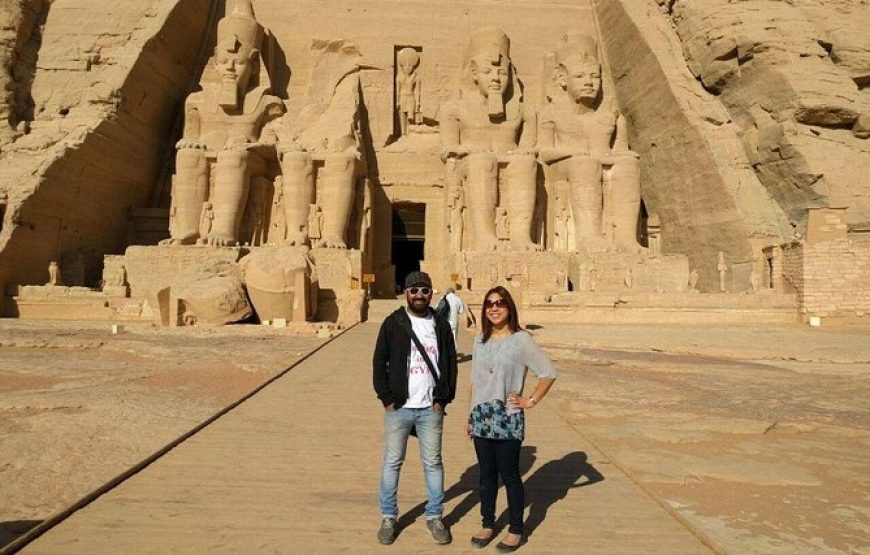
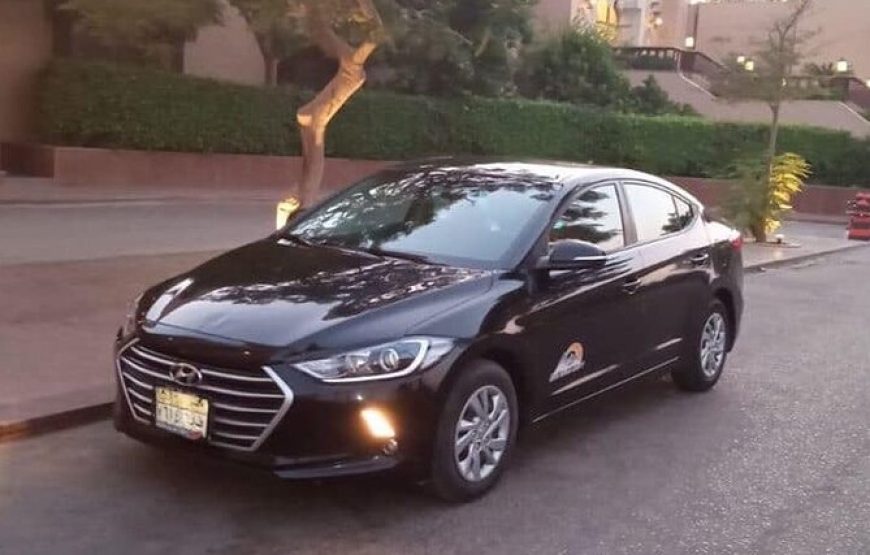
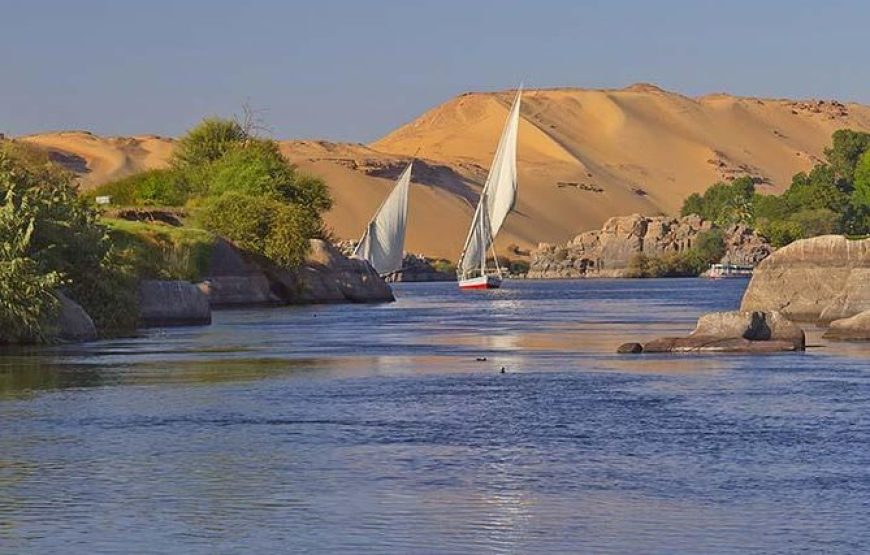
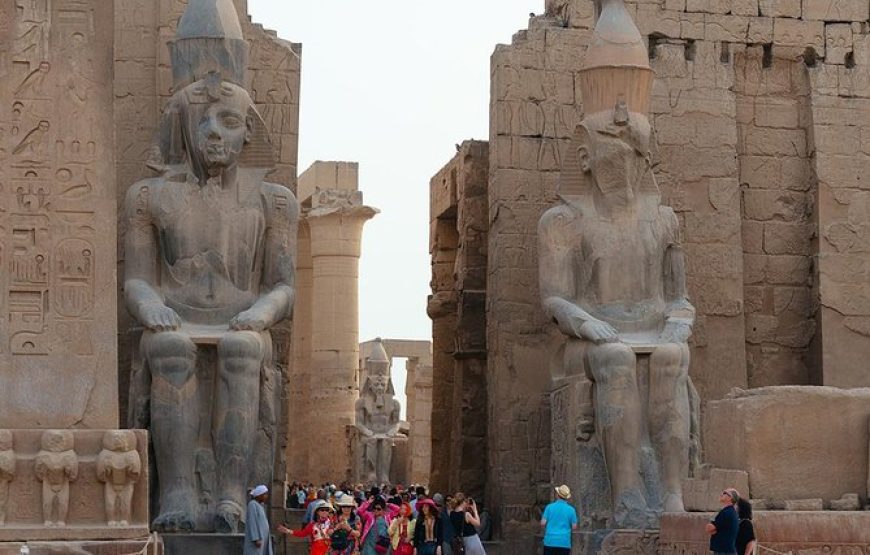
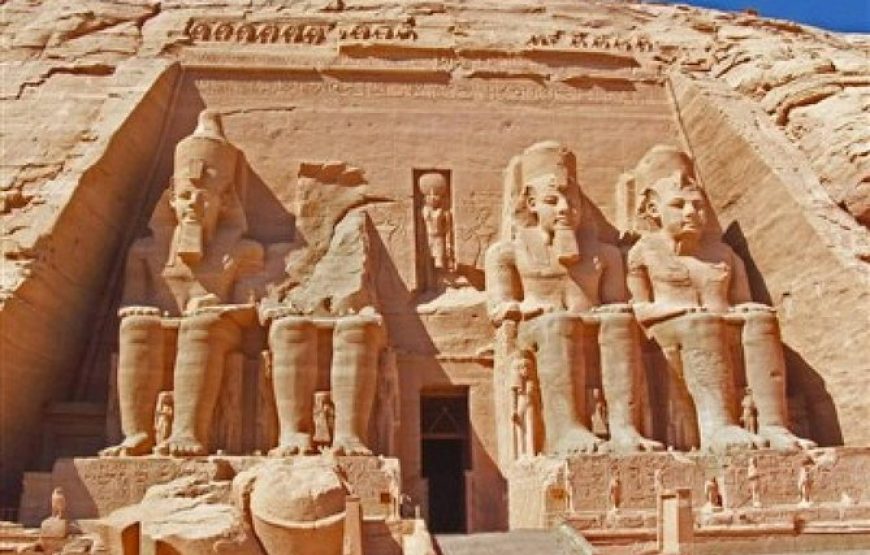
Explore the city of Aswan, southern Egypt’s long-standing strategic and commercial gateway, on this full-day bus and Nile River tour from Luxor. With an Egyptologist guide leading the way, this Aswan adventure features stops in the city of Edfu on the west bank, the agricultural town of Kom Ombo, the island city of Philae and Aswan. Some of the highlights include the Temple of Edfu, the Temple of Kom Ombo, the Aswan Dam and much more. Luxor hotel pickup and drop-off included.
Very interesting details you have mentioned, regards for putting up.? Take a look at my web blog :: Russell_C